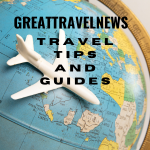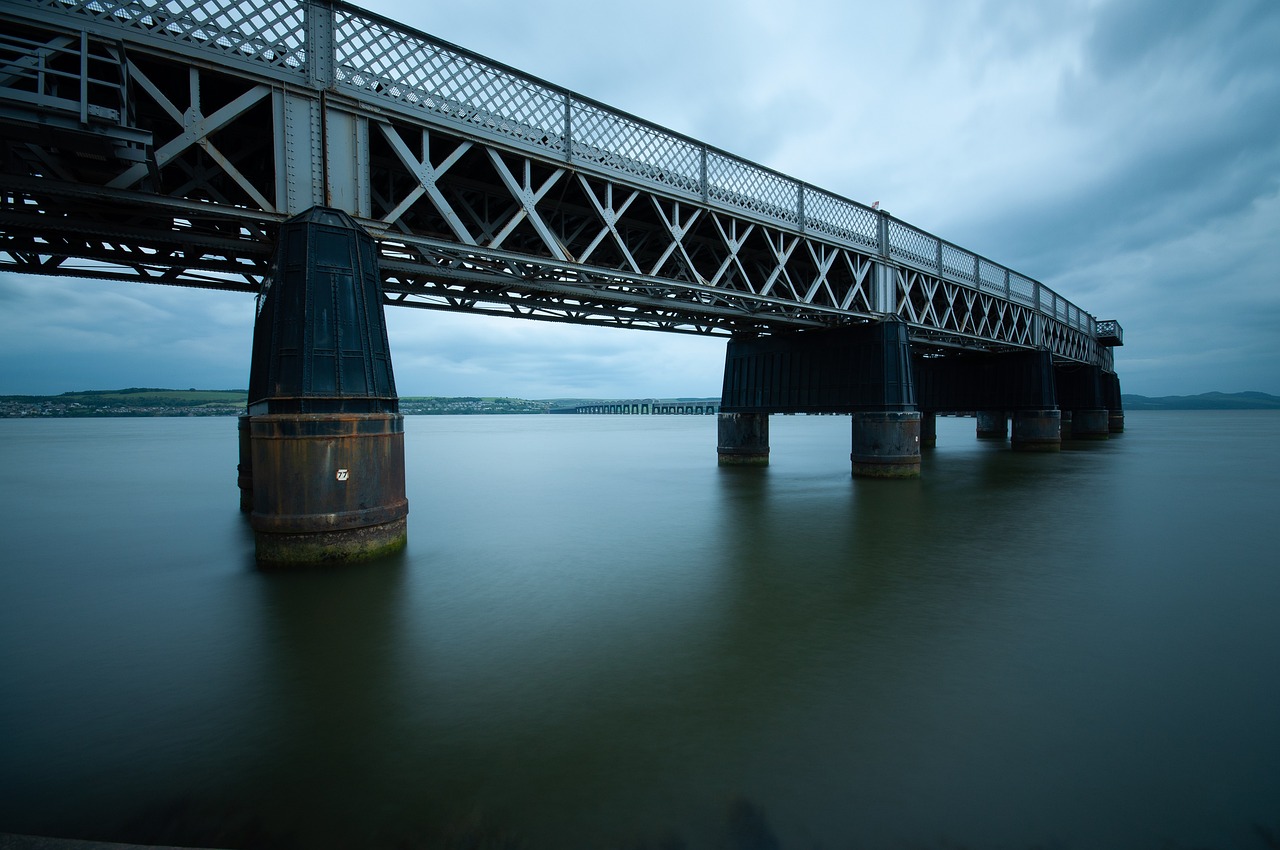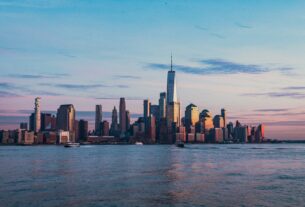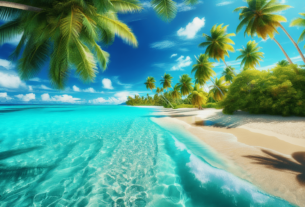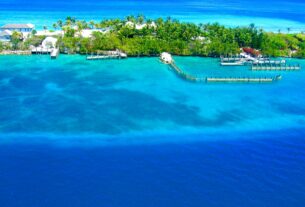🌴 Get Your FREE Bahamas Checklist!
Perfect for planning your island escape 🌊
We respect your privacy. Unsubscribe anytime.
Powered by greattravelnews.com
Nestled on the banks of the River Tay, Dundee is emerging as one of Scotland’s most vibrant travel destinations in 2025. Known for its mix of cutting-edge design, coastal beauty, and warm Scottish hospitality, this compact city is bursting with reasons to visit.
If you’re planning a trip to Scotland and want a fresh alternative to the usual Edinburgh or Glasgow routes, here are 10 reasons why Dundee deserves a prime spot on your travel list this year.
1. V&A Dundee – Scotland’s First Design Museum
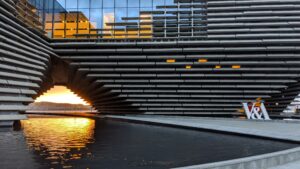
This architectural marvel by Kengo Kuma is more than just a museum—it’s a cultural statement. Featuring exhibitions on fashion, architecture, and product design, V&A Dundee has helped transform the city into a global design destination.
2. The Historic RRS Discovery
Step aboard the ship that took Captain Scott to Antarctica. Moored right next to the V&A, the RRS Discovery offers a fascinating glimpse into early 20th-century polar exploration.
3. Dundee’s Revitalized Waterfront
Dundee’s waterfront is now one of the most beautiful in the UK. Think wide promenades, riverfront cafes, and public art—all with stunning views across the Tay. Perfect for sunset strolls or morning runs.
4. Buzzing Food & Drink Scene
From award-winning seafood at The Tayberry to hip street food markets and independent coffee roasters, Dundee’s culinary scene punches well above its weight. Bonus: It’s much more affordable than Edinburgh.
5. A UNESCO City of Design
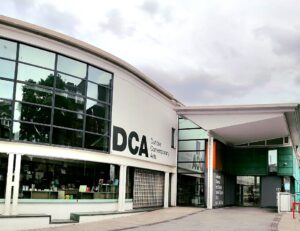
As the UK’s first UNESCO City of Design, Dundee is home to a thriving community of artists, makers, and tech innovators. Check out the Dundee Contemporary Arts (DCA) center for exhibitions, films, and workshops.
6. Gateway to the Highlands & St. Andrews
Dundee makes the perfect base for exploring further afield. Day trips to the Highlands, Cairngorms National Park, or the historic golf town of St. Andrews are all within easy reach.
7. Compact, Walkable City
Dundee’s size is part of its charm. Most attractions are walkable from the city center, making it ideal for slow travel and spontaneous exploring. No car? No problem.
8. Booming Boutique Hotel Scene
Stylish and affordable accommodations like Hotel Indigo Dundee and Staybridge Suites offer urban chic without the big-city price tags. Many offer river views, luxury touches, and local character.
9. Rich History with a Modern Twist
Dundee’s past as a hub for jute, jam, and journalism is celebrated at the Verdant Works Museum, while the city’s modern identity as a center for gaming and digital media adds a forward-looking buzz.
10. Friendly, Creative Locals
Finally, what truly makes Dundee special is its people. Welcoming, inventive, and community-minded, Dundonians bring the city to life and make you feel like part of the neighborhood.
Final Thoughts: Why Dundee Should Be on Your Radar in 2025
Whether you’re into architecture, food, nature, design, or simply want to experience Scotland beyond the usual tourist paths, Dundee is an unforgettable blend of coastal charm and contemporary cool. Affordable, accessible, and full of surprises, it’s one of the best places to visit in the UK in 2025.
Ready to plan your Dundee adventure?
Don’t forget to pin this article for later and subscribe for more European travel inspiration!
